
Practitioner Resources
Besides what’s listed here, please check out all the articles in the Pain section, which I wrote with both patients and practitioners in mind.
For practitioners wanting high quality educational materials to supplement their patients’ care, consider referring them to my online nutrition course, How to Eat, and my online pain management course, Live Pain Free. And if you are interested, we can set you up as an affiliate for one or both of these courses so that you can earn a commission for every sale you refer – just contact customerservice@thedragontree.com
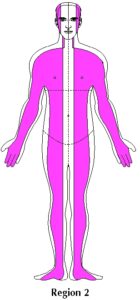
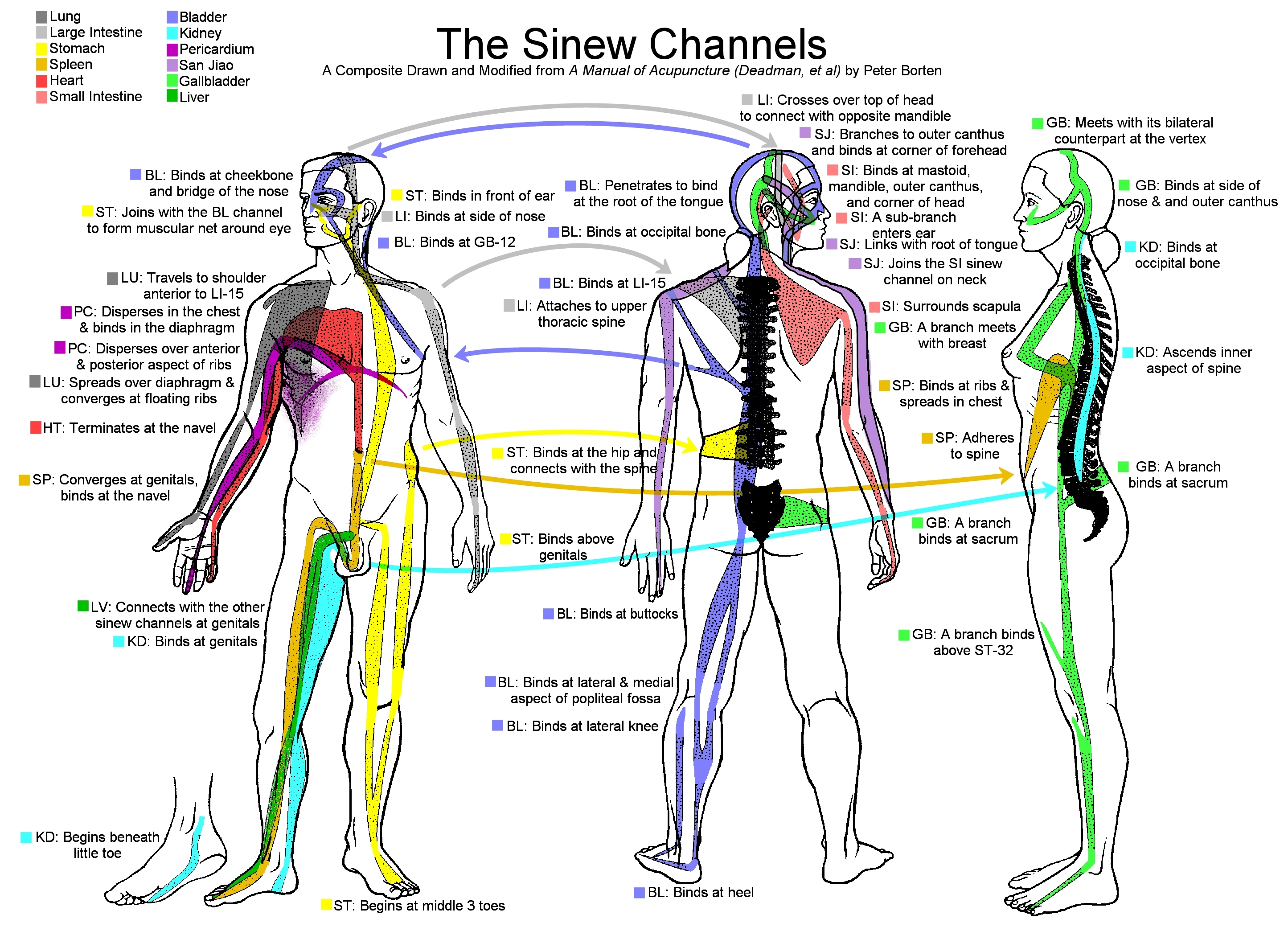
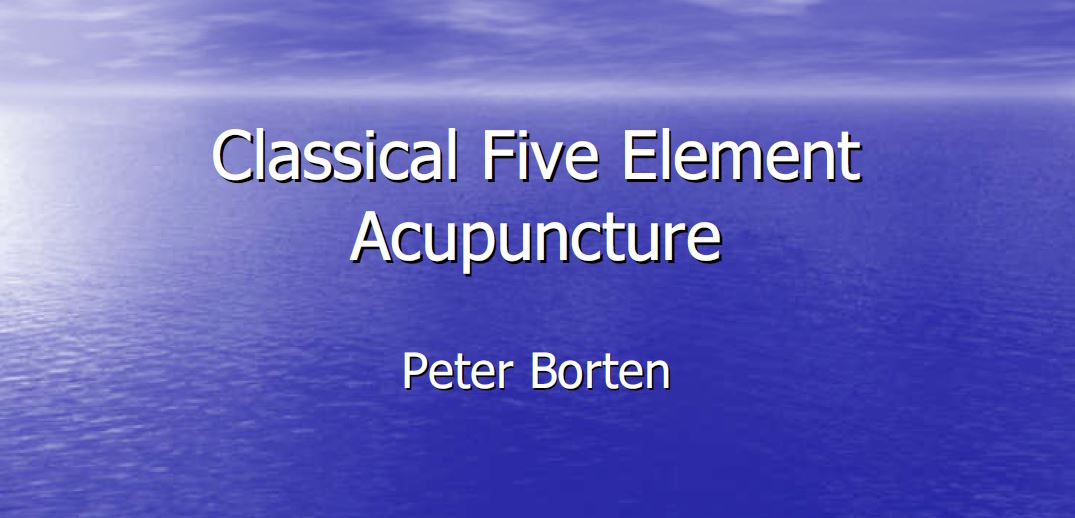
By the way, when I was studying it, this system was called Classical Five Element Acupuncture – a term the Worsleys had trademarked, since many people were/are practicing systems they called “Five Element Acupuncture,” – though then and now, the great majority of the ideas and techniques that comprise what people in the West call Five Element Acupuncture derives from Worsley’s material. But since J.R.’s death, the name has been changed to Worsley Five-Element Acupuncture. This is probably a more accurate name, since the system is very much a synthesis of different philosophies and techniques by J.R., and not actually “classical” as a single cohesive system.
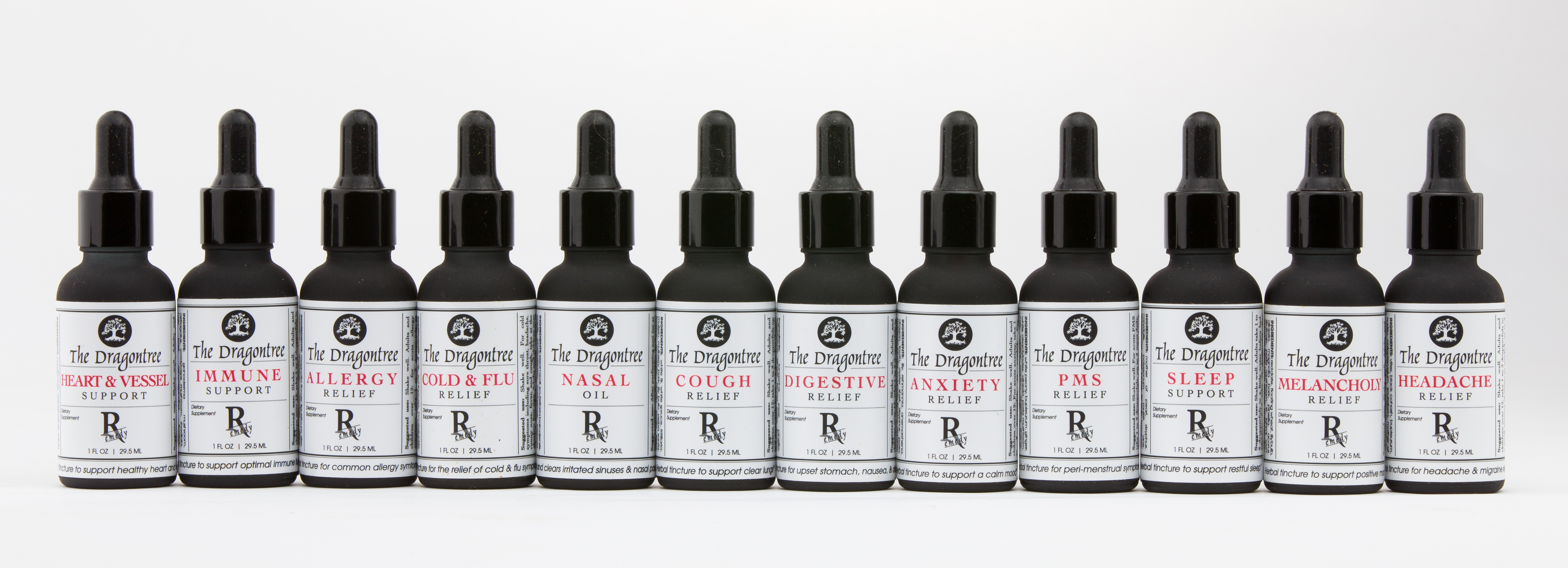
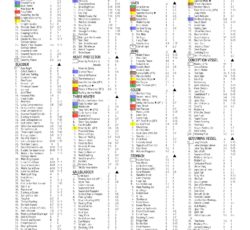
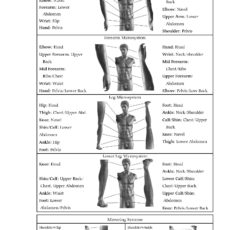
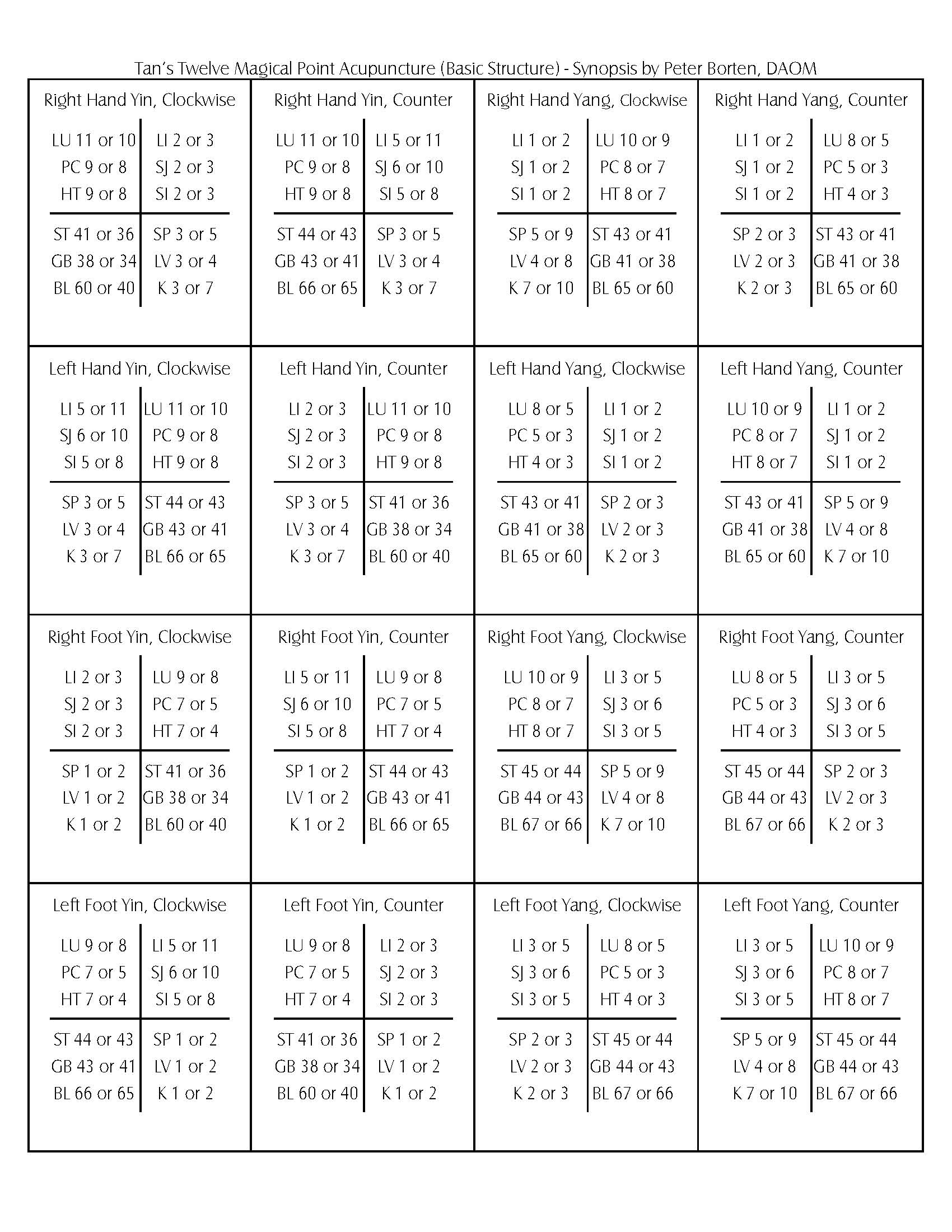
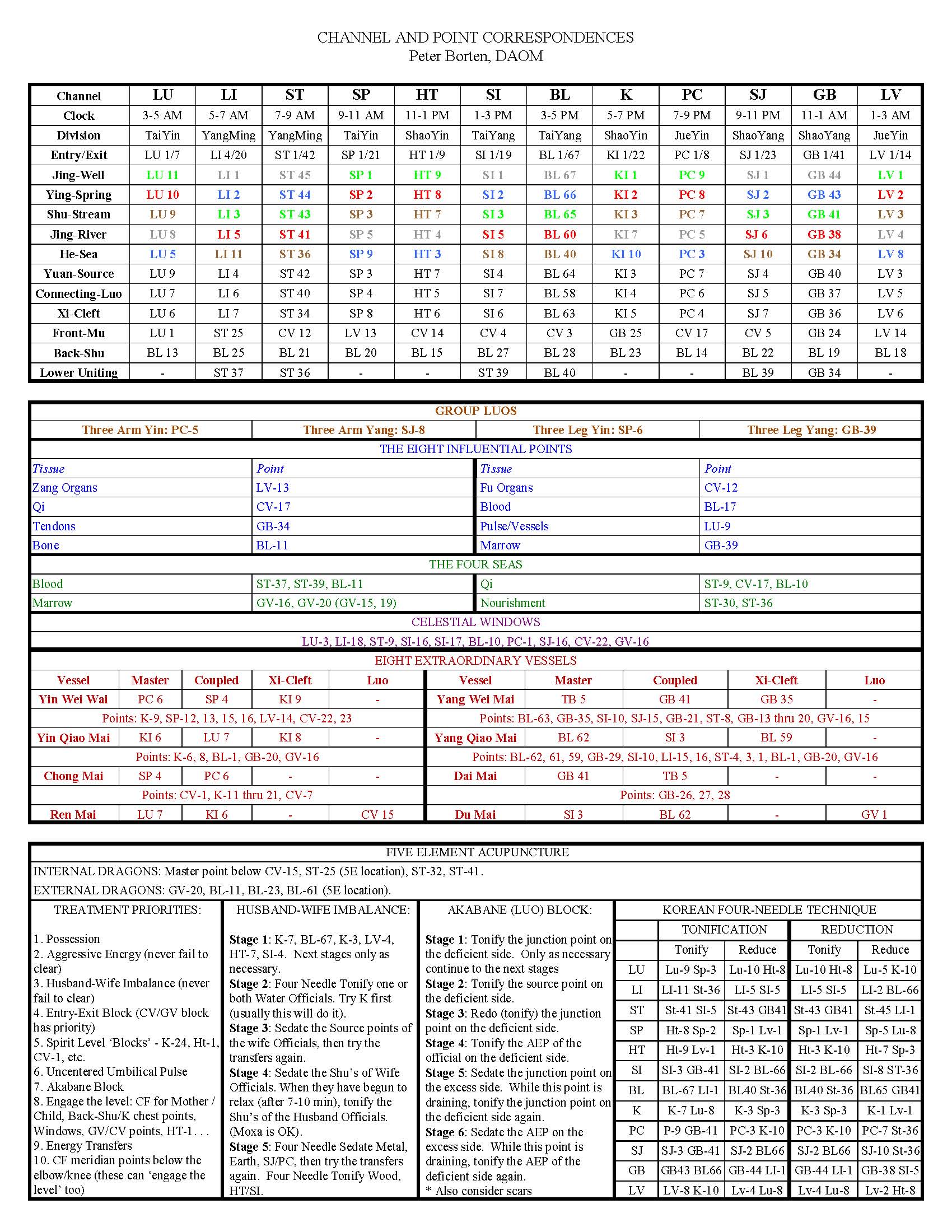
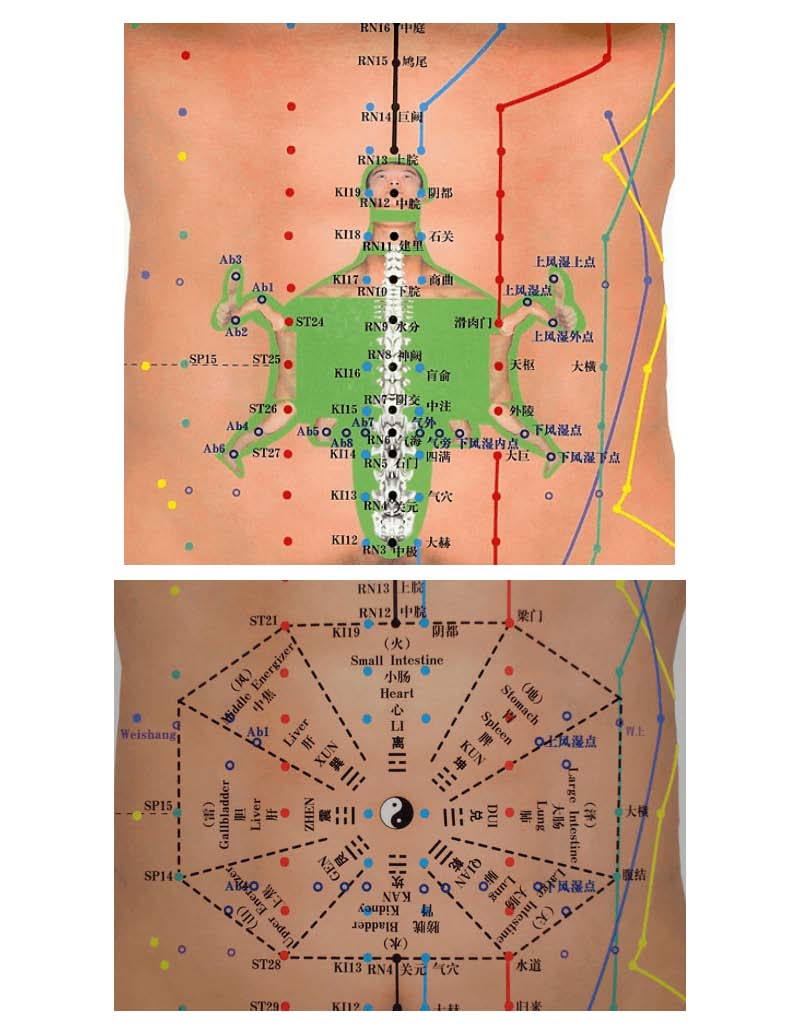
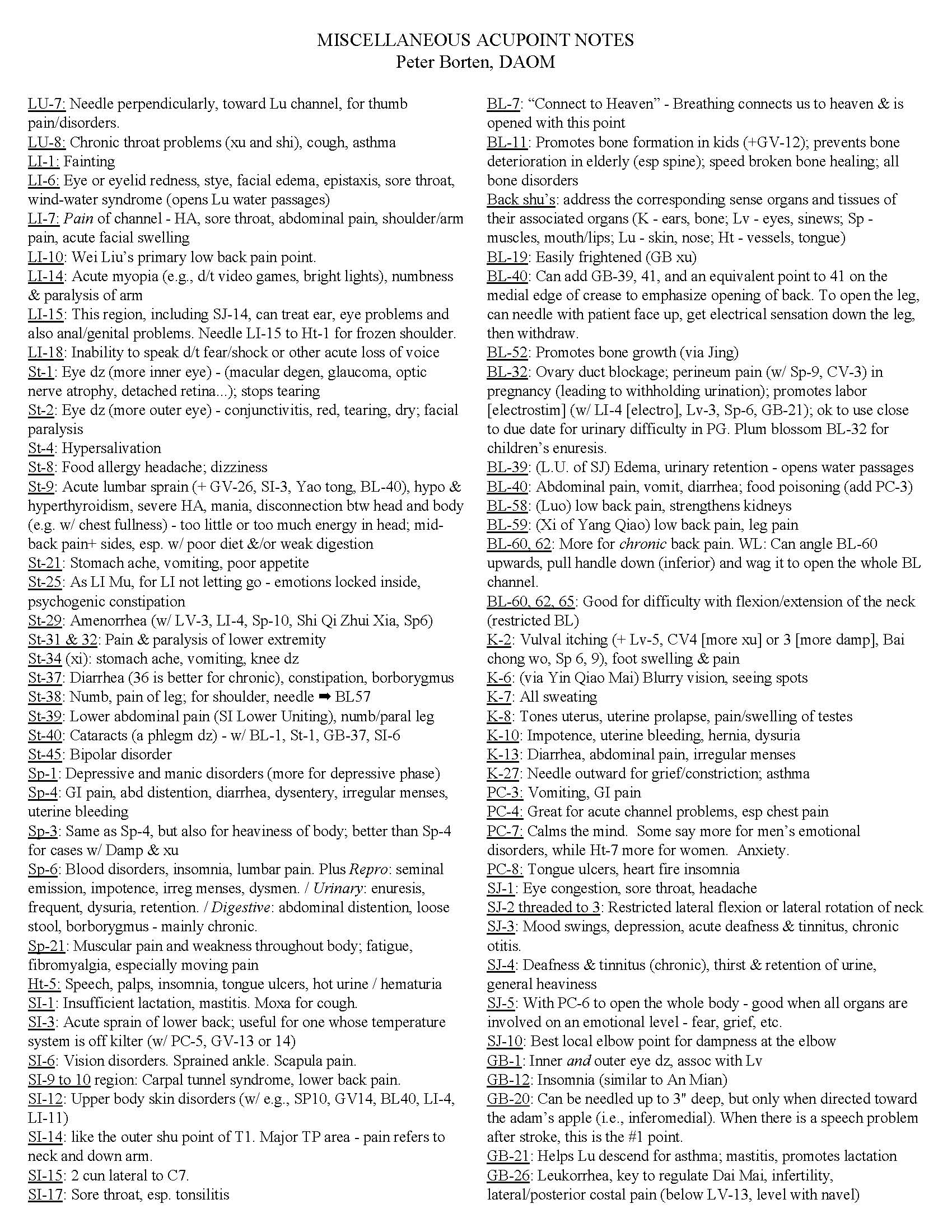
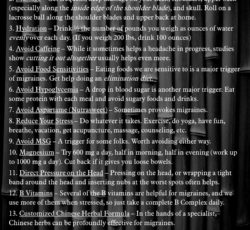
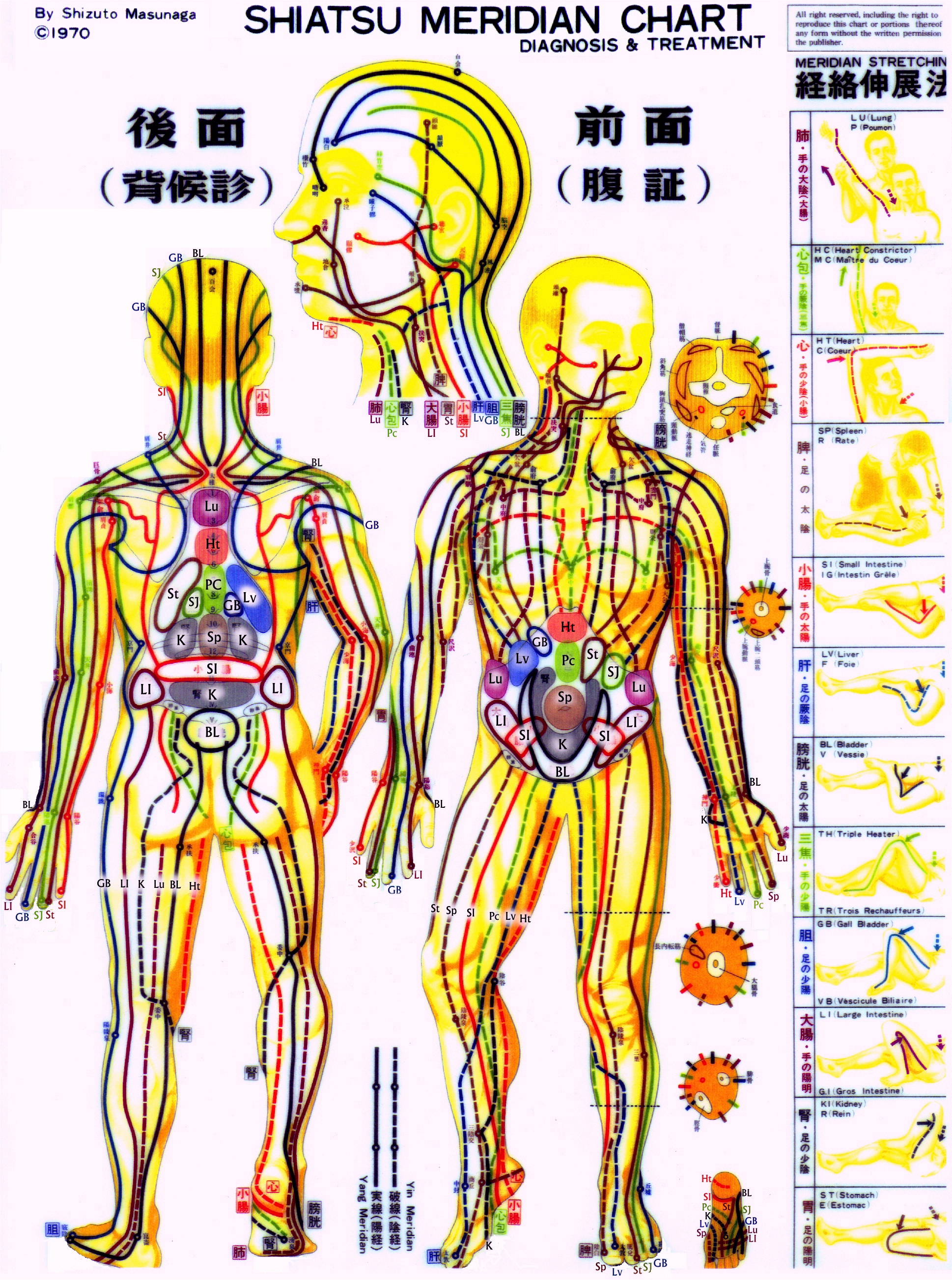
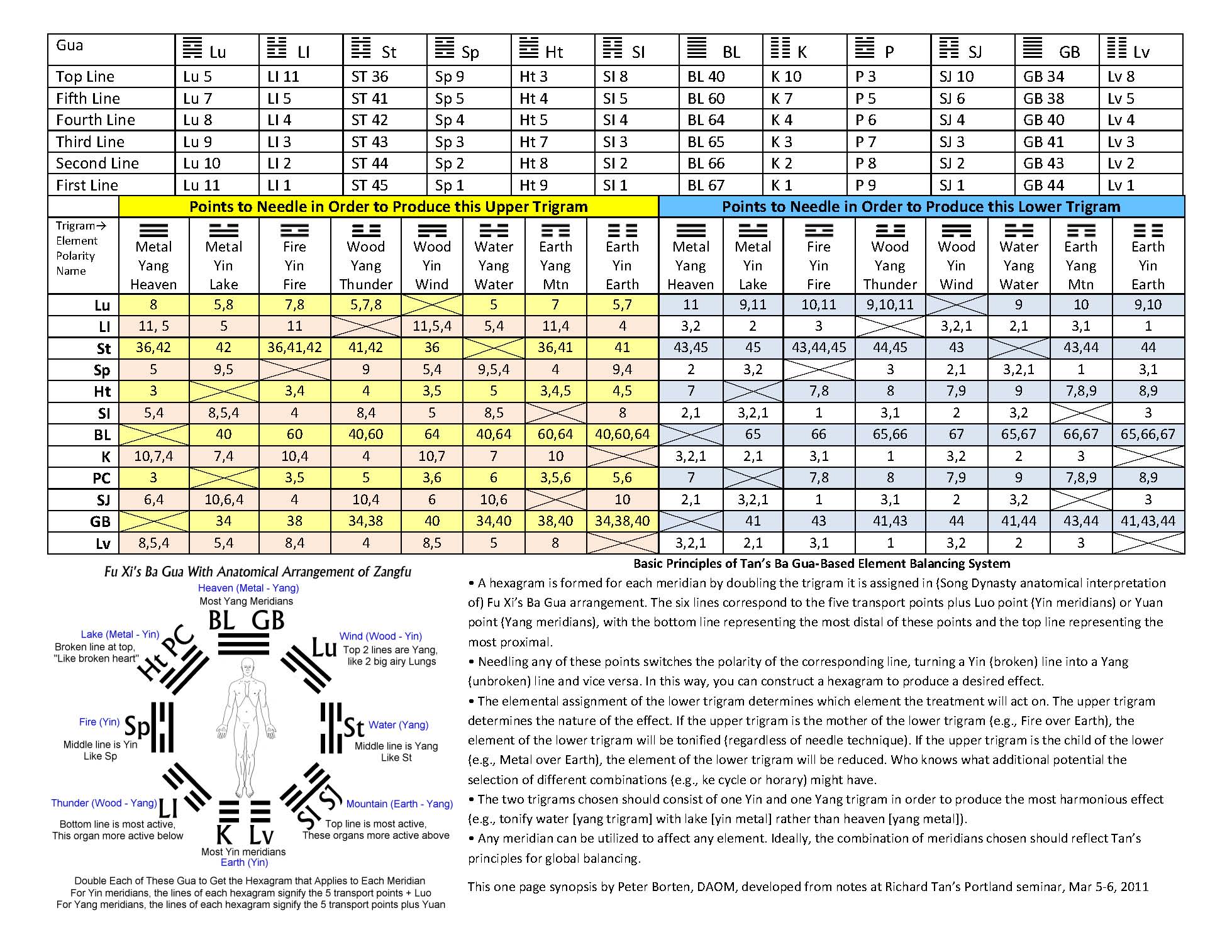
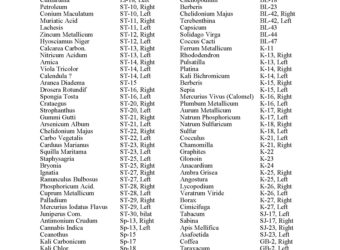
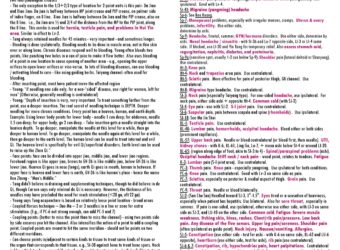
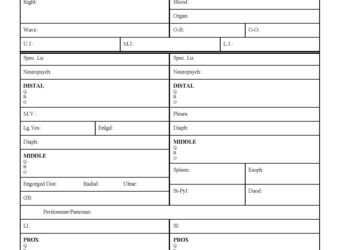
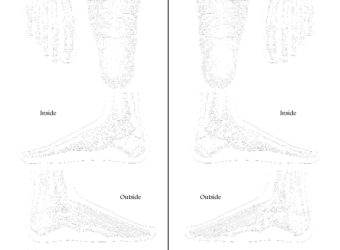
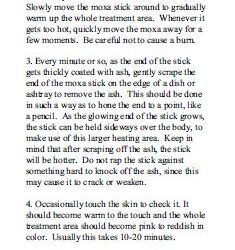
More to come:
I have a lot more similar charts, tables, and note compilations that I hope to upload over time. I’d also like to collect clinic reference materials that other practitioners have made and link to them here, so contact me if you want to share.
RESOURCES BY OTHER PEOPLE
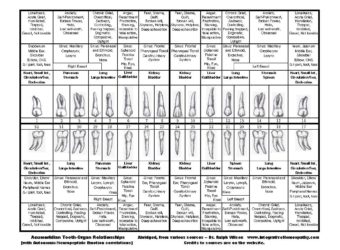



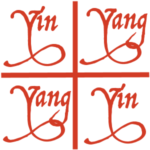
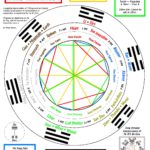
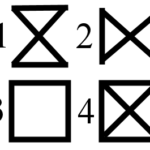
Amy Zahm
Posted at 06:05h, 26 NovemberWow! This is a wonderful collection of resources. Thank you so much for your generosity in sharing it. I’m glad to hear about your pain patches and look forward to trying them.
Robert Herbst
Posted at 11:32h, 04 DecemberThank you for posting these valuable resources. So much time put into all this it seems. I really appreciate the fact that you are sharing this with us. Keep up the great work!
Linda Rago
Posted at 11:45h, 04 DecemberExcellent work. I am a Meiso Shiatsu practitioner who studies with Master Yuji Yahiro in Italy. I live on North Stradbroke Island, Australia and am on the National Council for the Shiatsu Therapy Assoc of Australia. I have a treatment centre and offer yoga classes on the beach, aged & frail support and am hosting an International Conference on the island May 28, 2014.
Your work is very helpful. I support and applaud the sharing and communicating of knowledge and practices. Conference website http://www.2014.staa.com.au comes up if you google ‘International Conference North Stradbroke Island’.
I found your charts by accident after a laminating machine ate my prized old ones! Good outcomes from +ve imagination and handy search engine skills by a determined commercial laminator who tried to appease the look of horror on my face! She ran to my car after I’d left the store.
Love your work. Thank you, Linda Rago.
Peter Borten
Posted at 11:49h, 04 DecemberThanks! I’m glad it was helpful. Be well, Peter
Peter Borten
Posted at 11:52h, 04 DecemberThanks! I’m glad it’s helpful!
Mary
Posted at 11:48h, 04 DecemberThis is wonderful! Thank you for these incredibly thoughtful resources. I was searching for “sinew channels” and came across your site. Now it’s bookmarked!
Luis Miguel Trapaga
Posted at 11:50h, 04 DecemberThank Heavens I found your site. I was searching for a list of the Roger De La Fuye acupoint-homeopathic remedy correspondences when I stumbled across this site. Still haven’t found what I was originally looking for, but I love your work!
carmen
Posted at 11:54h, 04 DecemberThank you for your sharing spirit, God bless your learning hunger and generosity!
murali
Posted at 11:55h, 04 Decemberthank you very much. its really helpful.Thank you so much for your generosity
theodora kalfopoulos
Posted at 11:56h, 04 DecemberThank you for the information you devoted your life in learning and bringing it to us; it is useful and lots of it commonsensical; thank you for the reminders and for honing in what we need to do every day – same as we feed our body, we need to carryon and feed our psyche and overall consciousness. I will be emailing you as I have specific questions and possibly work through Skype for consult. TK
stephanie
Posted at 11:57h, 04 Decemberwow amazing site and info!! thanks for posting all this, what a great resource for acupuncturists!
Preethi Sutton
Posted at 11:58h, 04 DecemberWow! This is amazing information! You are so generous with your time and knowledge. I am a newly qualified practitioner and some of the things here are immensely useful. Thank you so much!
Diane
Posted at 12:12h, 04 DecemberI’m currently in TCM school but also took 4 days of study with Dr. Tan. All i can say about your resources is WOW and THANK YOU! These are gifts for those who soon be starting our practice.
Dr. Rajan Naik
Posted at 12:13h, 04 DecemberThis is not a overnight job. Your Pains taking job has made me bow in front of you HUNDRED Times. No further words. You are a blessed human.
Peter Borten
Posted at 12:14h, 04 DecemberThank you, Rajan. I hope you enjoy the Tan & Tung material. Blessings to you, too – and Maha Saraswati. ?
Dr. Rajan Naik
Posted at 12:15h, 04 DecemberPresently i am working on the direction of Dr. Coca’s Pulse method. I am thorough in Ayurveda. I am finding limitation in Dr. Coca’s method. Because Doshas in Ayurveda are just related to food and Prakruti (Constitution). There are certain medicines in Ayurveda which are proven best to correct the food Doshas. That is Called Anna-dosh, Jal-dosh and Sthal-dosh. Basic fundamentals of Ayurveda is your food is your medicine. But Prakruti dosha has relation with paripaak of food. So allergy is not given much weightage as like modern medicine. Most important Ayurveda is life science. If it followed there are list chances of Dis-ease and anybody can be shatayushi (Hundred years). The state of Dis-ease is due to Pradynaparadh ( Deliberately breaking law of Nature). Rest we will discuss latter. Please be in touch with me on my mail. Dr. Rajan
Carmen
Posted at 12:16h, 04 DecemberThis is unbelievably generous of you! Thank you for sharing your work; you truly are dedicated to the medicine. May you live a blessed life. I wish you continued success.
Peter Borten
Posted at 12:17h, 04 DecemberYou’re welcome. I’m happy to do this. It’s a labor of love.
Kathy
Posted at 12:18h, 04 DecemberFrom the bottom of my heart, I thank you!
jayakumar
Posted at 12:18h, 04 DecemberBROTHER,I AM SOLUTE TO YOU AND YOUR UNBEATABLE FINEST WORK.I AM FOLLOWING ACUPUNCTURE SINCE LAST 3 YEARS. I LOVE ACUPUCTURE.ITS CURE MANY MORE PROBLEMS PHYSICALLLY AND MENTALLY FORME AND MY SOURENDINGS. I AM SEARCHING AND LEARNING EVERYDAY IN ACUPUNCTURE,BUT I DONT KNOW THIS TYPE OF VARIOUS ACUPUNCTURE LIST , I KNOW ONLY JUST 40% ONLY , THANKYOU FOR MORE INFORMATION ,AND ALSO READY TO TRAIN TO THIS ALL TYPE OF ACUPUNCTURE.ARE YOU READY TO HELP ME? ONCE AGAIN THANKYOU
Julei Busch
Posted at 12:19h, 04 DecemberThank you so much for such a generous dedication to sharing of resources. It is very helpful in cross-referencing information between teachers and systems!
best to you.
Sue Graham
Posted at 12:20h, 04 DecemberThank you so much for sharing your fantastic work
Michael Barr
Posted at 12:21h, 04 DecemberPeter,
You are a real scholar and mensch to boot. I stumbled onto your dizzying archive and graphic summaries in search of a cheat sheet for the Tan mirror systems. I found all that and more. Cannot thank you enough. I don’t know where you found the time to do all this, but I am very happy you did!
I love the idea of giving patients reflexology homework. I was unable to download that penultimate graphic though. All the others downloaded “1-2-3,” as Teh-Fu might say. I will try to submit some of my stuff, however lame, over the next few months. Thanks again for your epoch-defying generosity.
Peter Borten
Posted at 12:21h, 04 DecemberThanks, Michael! I’m glad you found it & that it’s been useful. I think I fixed the reflexology chart. Try again now. I am having some problems with WordPress at the moment, but hope to get everything else fixed soon. -Peter
Abdul
Posted at 12:23h, 04 DecemberThank you very much Peter.
As I can see you are generous and unselfish in your work because you shared all these to the world. In the name of Love.
I appreciated very much.
May God Blessed You. Give and you shall receive.
Peter Borten
Posted at 12:24h, 04 DecemberYou’re very welcome, Abdul.
Leah Olson
Posted at 12:25h, 04 DecemberI was just sitting down to make a chart of the sinew channels when I thought I’d look on the web first. This is a fantastic set of resources. I’ve been looking for a good synopsis on many of these techniques. Thanks so much
Peter Borten
Posted at 12:26h, 04 DecemberThank you. I’m glad it’s been helpful!
Leah Olson
Posted at 12:26h, 04 DecemberHave you been in touch with Wei Liu recently? I am a student of his. At one point he was looking for someone to help him write a book about acupuncture and gynecology based on the work of one of his teachers. Looking through all these resources you compiled, I thought you might be a potential collaborator. He’s got a lot of information locked away and needs help putting it into a useable format for acupuncturists.
Peter Borten
Posted at 12:28h, 04 DecemberHi Leah,
No, I haven’t seen him in about 6 or 7 years. I’m glad to hear he’s still in practice and wanting to share more of his knowledge. What a nice guy, too. Anyway, I’m too busy to be the one to assist in this work, but Portland is full of eager students. I wonder if one of the doctoral students might make a collaboration with him their capstone project.
Be well,
Peter
Rana
Posted at 12:28h, 04 DecemberYou are blessed Million times !!!
I’m looking for more of Master Tung’s Material esp his Points Chart but getting nothing much on net. In India, I’m not getting any of his books. If you have his Points chart with diagram ,plz help.
Regards
Rana
Peter Borten
Posted at 12:29h, 04 DecemberHi Rana,
Sorry, I don’t have a Tung chart, but I suggest you check out Henry McCann’s book. We were in school together & he’s a very conscientious and devoted student of Tung’s legacy.
Be well,
Peter
David
Posted at 12:30h, 04 DecemberWow! It’s obvious that you put much care and thought into what you produce. Thank you for sharing your years of knowledge and experience with everyone.
Angela Guerra L.A.c, RYT
Posted at 12:31h, 04 DecemberIt is so amazing to come across all these wonderfully and skillfully put together graphics. I am have deep bows of gratitude as well as kid in a candy store excitement over finding your page! It is so important to share and hold each other up. Thank you so much for your clear dedication to this medicine! Blessings, Abundance and Health-Angela
Peter Borten
Posted at 12:32h, 04 DecemberThanks, Angela. I’m glad they’re helpful!
Claire Callery
Posted at 12:32h, 04 DecemberThank you Peter for your generosity in sharing this valuable information with us – Wishing you the very best.
Hugo Nunes
Posted at 12:33h, 04 DecemberThank you very very much for your genorosity ? i think this kind of partnership between colleagues is the best and most healthy thing that can improve all of our practice. Thanks again ?
Peter Borten
Posted at 12:34h, 04 DecemberYou are welcome!
Nguyen Joseph
Posted at 12:34h, 04 DecemberMerci beaucoup pour ce partage d’informations.
Ce travail de synthèse est vraiment très précieux.
Cordialement
Peter Borten
Posted at 12:35h, 04 Decemberde rien!
Curtis
Posted at 12:35h, 04 DecemberWow. This is a very comprehensive page with lots of cool stuff. Thanks for this.
I myself just finished updating my acupuncture-related site located here:
all-about-acupuncture.com
Right now the focus is to provide a comprehensive guide to the acupuncture meridians of the body. I also hired a professional artist to create images of each meridian that are free to view on the website, or you can purchase it in ebook format if you want.
It would be cool if you could share my meridian guide in your list of resources for your blog readers.
Cheers.
Peter Borten
Posted at 12:36h, 04 DecemberHi Curtis,
Sure, I would be happy to share your meridian guide.
Be well,
Peter
Kamal
Posted at 12:37h, 04 DecemberThank you for posting these gold mine informations trying to assist and help humanity, thank you so much.. may I ask you peter is there anyway I could help to assist my nephew 10 years old with specific acupuncture pts ( minimal ) he has seizures or epilepsy they are becoming too frequents (nothing showing in the brain any sign of damage or injury) I attended dr . Tan core foundation seminars could I help with that? Your advice would be much appreciated and thank you once more
Peter Borten
Posted at 12:38h, 04 DecemberHi Kamal,
you’re welcome. As for seizure disorders, well, I tend to gravitate more toward herbs. You could consider Ding Xian Wan, Wen Dan Tang, etc. for this. I like Dan nan xing for children with phlegm disorders. I think it’s also worth looking into CBD, one of the cannabis cannabinoids that has shown great promise for childhood seizures. Might also consider a ketogenic diet.
Acupuncture could help, too, but I would need a pattern dx.
Be well, Peter
Krish
Posted at 12:39h, 04 DecemberThank you for the wonderful resources. They are so easy to understand.
Peter Borten
Posted at 12:41h, 04 DecemberYou’re welcome!
RAMADAS R. NAMBI
Posted at 12:42h, 04 DecemberI really appreciate sharing of your learning to others to reduce their learning time and contribute your hard work to others. Very few people have this kind of approach and those who share their knowledge become Big Master/Guru in future.
May God bless you to lead a Healthy, Energetic & Happy LIFE!
Ramadas
Bangalore, India +91-9845071426
Note: Please share your email to send you my learnings to you, if it is going to be useful to achieve good health through proper chewing methods.
Peter Borten
Posted at 12:42h, 04 DecemberThank you, Ramadas. I just want to help more people access the information they need to be well and do good in the world.
Peter
Maureen Laverty
Posted at 12:44h, 04 DecemberI stumbled upon these beautiful resources by accident. I was trying to research a little about Dr. Tan on his passing (RIP). I had heard so much about him from my acupuncture colleagues but had never met him or studied any of his courses. In doing so I somehow clicked on to your site- what a wonderful start to the new year.! They will always remind me of the death of Dr. Tan and his legacy.I have printed off the resources and hope to study them in more depth.
Thank-you
Balasundaram
Posted at 12:44h, 04 DecemberExcellent work of your knowledge sharing ideas for mankind wellbeing. God bless you
Eline Klein Ikkink
Posted at 12:50h, 04 DecemberThank you! Thank you! Thank You! Such great effort and help! Wow.
domain
Posted at 12:51h, 04 DecemberI constantly spent my half an hour to read this blog’s articles or reviews all the time along with
a mug of coffee.
domain
Posted at 12:52h, 04 DecemberVery nice post. I certainly love this site. Keep writing!
Igor Bouwens
Posted at 12:52h, 04 DecemberThank you for sharing. Great Job.?
sarah sangi
Posted at 12:53h, 04 DecemberThank you so very much Peter,
I think that I’ve got more information from your page then from all years of school.
Thank you for sharing with the world!!!!!
May God bless you and make a great healer !!!!!
Sarah
Peter Borten
Posted at 12:54h, 04 DecemberYou’re so sweet. Thank you & you’re welcome.
Giulia
Posted at 12:54h, 04 DecemberTHANK YOU VERY MUCH Peter!!!!
This collection of resources is very nice.
I am second year student in Iokai Shatsu school of Eloise Sewell and Kazunori Sasaki who was close associate of Shizuto Masunaga.
I am just at the beginning and I still have long way to go, but I am already amazed from this world.
Thank you from the bottom of my Hara for sharing! ?
Warm greetings!
Ps. I can not open the video you have posted in youtube, it says “the video does not exist anymore”. Is it possible to watch the video somehow?
winnie
Posted at 12:55h, 04 DecemberDear Peter,
Your resources you’ve put together are absolutely amazing. I greatly appreciate your effort and your generosity. I’ve been looking ways to view the sinew channels at a glance. Your chart is awesome!!! Do you find any particular points more effective than others when use the sinew channels?
THANK YOU from the bottom of my heart.
Winnie
Margaret
Posted at 12:56h, 04 DecemberHi Peter,
I tray to visit the herb info page but the site does not open. Do you know why? I hope so.
Greetings and thank you in advance for your answer.
Margaret
Peter Borten
Posted at 12:56h, 04 DecemberHi Margaret. I think it must have just been temporarily down. It works for me now.
Peter
Dr Prem Anand Nagaraja
Posted at 12:57h, 04 DecemberThanks Peter for a beautiful and valuable repository. Excellent charts, illustrations and diagrams indeed. I have been using your Tung point list for quite a while and have had excellent results. This web page has much more information than one could garner in regular studies. Thanks Peter once again for a fantastic collection of a valuable acu-repository.
kamal
Posted at 12:58h, 04 DecemberHi peter thank you for your time and kindness to answer my quest about the. Child seizure( le grand Mal) it’s idiopathic in its nature according to his scans and other monitoring hospital tests but he is under couple routinecontrolled his seizures as one always wish and hope for I will ask and research the herbal option and may be ketos diet CBD. Other concern is there any interactions when used together (with pharmaceuticals prescribed) thank you and sorry to unnoticed your reply for so long.. God Bless
kamal
Posted at 12:58h, 04 DecemberSorry just some. Words adjustment about herbs and medicines interaction.safety taken together or separately. Thank you
Peter Borten
Posted at 12:59h, 04 DecemberI don’t think there’s really good research on these interactions, though I haven’t seen any issues myself.
Adriana de Cesar Oliveira
Posted at 22:13h, 04 DecemberObrigada pelo riquíssimo trabalho. Espero poder retribuir algum dia.
Julie Silver
Posted at 01:54h, 13 DecemberThank you so much for sharing your expertise! Very grateful to have found your charts as a resource!!